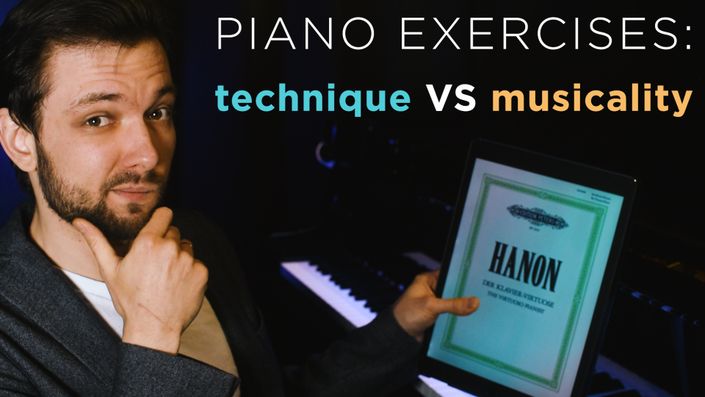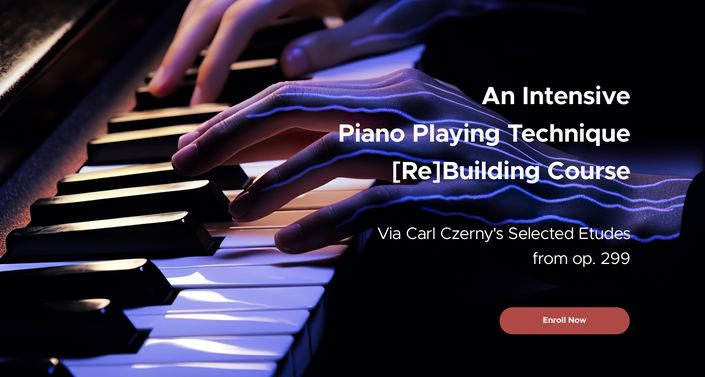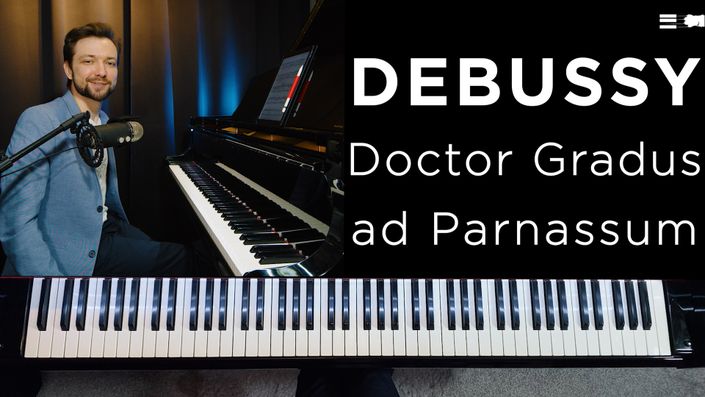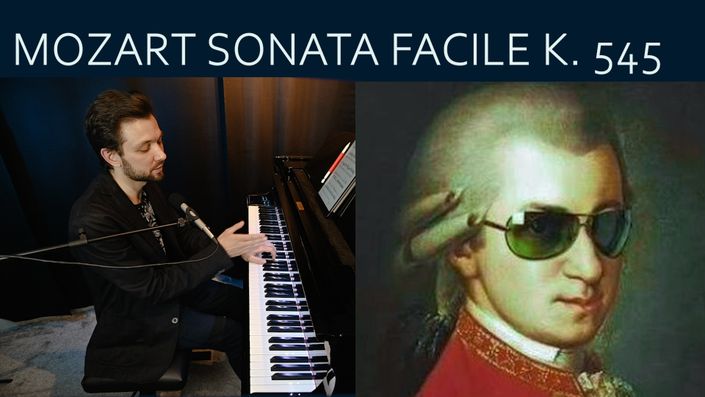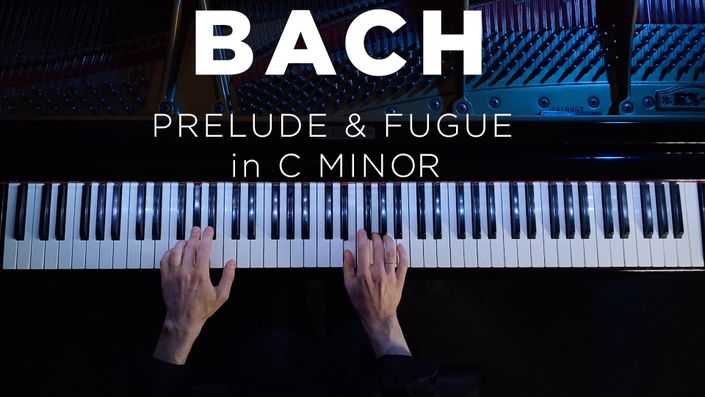
Develop a range of piano playing techniques through accessible and inspiring romantic etudes, accompanied by detailed guidance on learning and technical efficiency, as well as a top-notch approach to interpretation.
In this course, you will receive a step-by-step tutorial that will help you master six pieces from this Opus, which are my personal favorites. I will explain how to break down a piece into stages to facilitate the learning process.
I will explain how to master a piece in three major stages: Memorization, Technical Efficiency, and Interpretation Refinement, with each stage serving as a solid foundation for the next one.
No. 1 "Confidence":
An early-intermediate piece that allows you to implement efficient movements for one of the most common piano playing patterns: arpeggiated chords.
No. 2 "The Pearls":
A perfect piece to master various skills, such as smoothness and dexterity in scales, the ability to play different layers with different sounds, and advanced pedal techniques — all of which are explained in great detail.
No. 6 "Light-headed Maiden":
This Etude will help you develop one of the most important skills in piano playing: a combination of double intervals played with the right hand. This pattern is broadly used by many composers, including Beethoven, Schumann, Chopin, Liszt, Brahms, Szymanowski, among many others.
No. 10 "Velocity":
In this lesson, I explain in detail how to switch positions in scales and how to play without tension at a very quick tempo, while applying all possible dynamic nuances.
No. 13 "The Storm":
This is an entry-level etude into the world of romantic etudes — full of passion, impressive climax outbursts, and, of course, a "catharsis" ending in the best traditions of the Romantic Era. It will prepare you to approach some easier etudes by Chopin and Liszt. In this lesson, I explain how to coordinate motions and turn this exciting piece into a captivating and dramatic story.
No. 15 "Sylphs":
This etude is closer to Moszkowski's style and has a truly exquisite charm. It requires not only a lot of precision but also great sensitivity and the ability to use Rubato in a convincing way. All these aspects are covered in the lesson.
Other features of the course:
- Each video features a vertical and a side view of the keyboard.
- A slow video recording of each piece is provided for learning and self-assessment.
- Free PDF scores with bar numbers and my markings are included to complement the course content.
- A fragment of the score is displayed on the screen to make it easier to follow the lesson.
- Adjustable playback speed.
I do my best to answer your questions in the comments and provide clarifications if something is unclear or if you have any questions about the pieces covered within the course.



